
All of the following interesting information is taken from the May 1936 edition of ‘Piping & Dancing’ magazine……
Advert for RG Lawrie: ‘Nothing less than the best is good enough if you would play on the Pipe. Lawrie Bagpipes are made by craftsmen whose life-work is to produce the best bagpipes on the market. These men have the assistance of all the aids that skill and science can devise…’
Lawrie pipes are some of the most sought after today.
An advert for P/M Robert Reid’s pipemaking business:
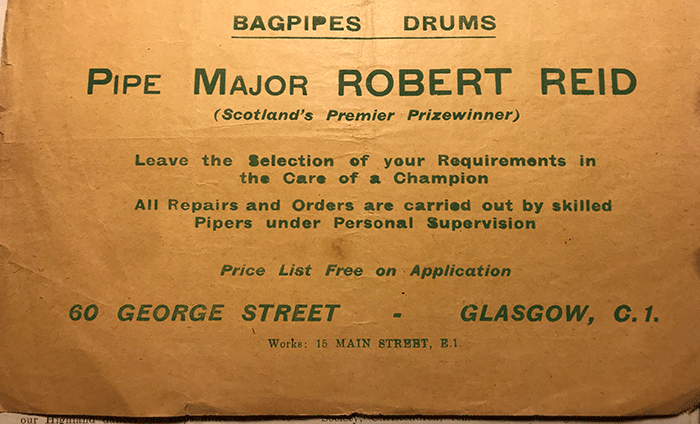
A poem ‘Pipe and Drum’ from Lady Ashmore’s ‘Songs of the Camerons’ and typical of the time:
Oh! to hear the pipers playing in a far off foreign land,
Speaking in the dear old language Camerons can understand,
They can see the mist arising from Lochaber’s bonnie braes,
Where they hunted for white heather in their boyhood’s happy days;
And where tartans waved the foremost, hear once more the pibroch yell,
When the note that nerved an army, was a coronach as well.
Of heavyweight legend Donald Dinnie….
‘Donald Dinnie was born in Aboyne in Aberdeenshire in 1839…In appearance he looked every inch the athlete standing 6ft 1in with a chest measurement of 48 and a half inches…weight 16 and a half stone…his incomparable feats will be a theme for heavy weight athlete for all time. He competed in every clime and country and is famous in them all…He has easily the best records at Aboyne for the caber having eight first in eight contests….
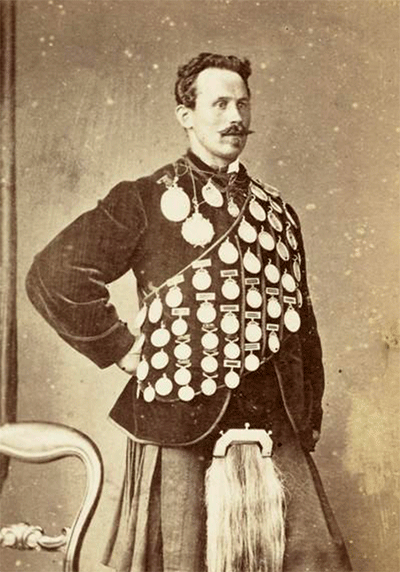
‘On the American continent he carried all before him. In one match against Connor the noted wrestler there was over £500 drawn at the gate and here, as always, he won easily….Proceeding to Australasia he repeated his American successes and quickly amassed £5,000 in prizes. He lost this sum quicker than he made it in land speculation. Subsequently he took over a restaurant in Glasgow which did not prove successful and he went to reside in Croydon where he died 24 years ago at the age of 79.’
A letter from 32 Dowanhill Street, Partick, Glasgow, dated 4th May:
Sir, In your edition of April you reported the winner of the McDougall Gillies Trophy as ‘John MacNeil’. This, as your informant should have known, is an error in name and in spelling. John MacNeil is, I believe, a dancer and comes from Stirling. Hopiong you will correct this in your next issue. I am wishing your magazine all success. James McNeill.
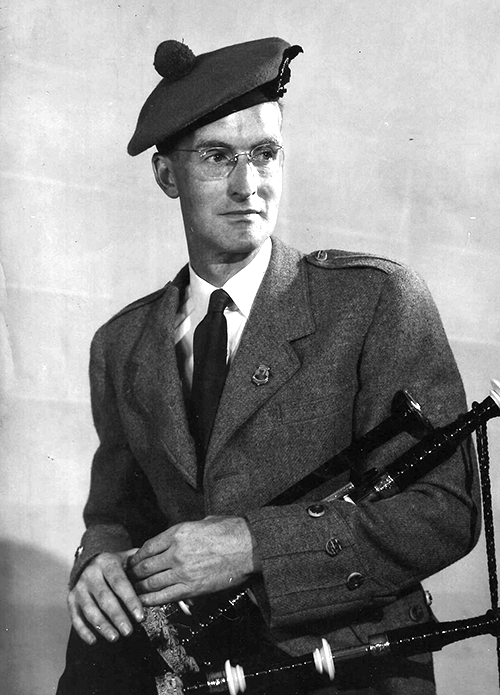
This was of course Seumas MacNeill before the name (and spelling) change. The trophy mentioned is still competed for today at the Scottish Pipers’ Association junior contest.
Ulster Notes…‘Shankhill Amateurs Pipe Band, quite a capable organisation, is comfortably housed in a fine band room in Lawnbrook Avenue. The committee expect to enrol some new pipers to bring the band up to full playing strength for the coming season..
‘It is quite a long time since I heard a pipe band on the Northern Ireland BBC Station, in fact any local band. It has been reported that a dispute has arisen over fees. I have been informed that the bands are very poorly paid….’
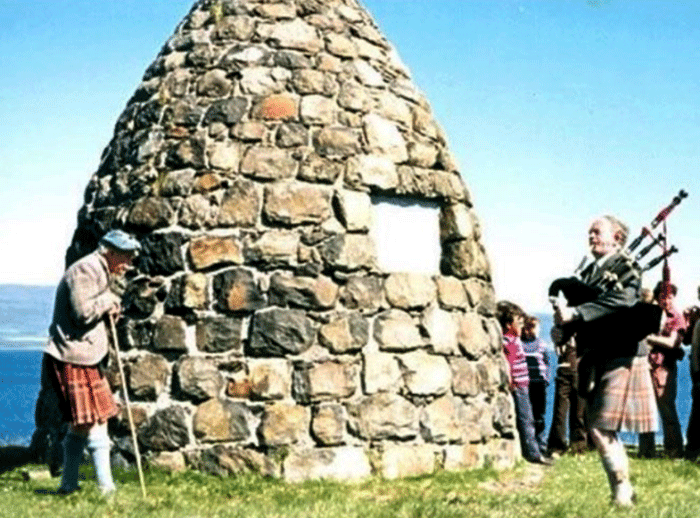
London Notes…‘I have been reading an interesting booklet ‘The MacCrimmon Family’ by Mr George Poulton and RP Fisher…There are some interesting details concerning the Piping College maintained by Iain Odhar and his descendants. For upwards of two centuries a great number of students, including even the hereditary pipers of other chiefs, came to learn piobaireachd or to perfect themselvs in the art at the college.
‘The course lasted seven years and by the end of it the pipers were expected to remember 300 tunes, some of which took over a quarter of an hour to play and it is said that many of the students spent 12 years in acquiring piobaireachd alone. In order to obtain the certificate of master of composition and theory, a piper had to remember 196 tunes. Modern competitors please note…..’
Does anyone have a copy of this booklet?
Glasgow & District Notes….‘I hear that Donald Ramsay of Avonbridge had a popular win at the Caird Hall, Dundee. He had four firsts and a third. In the Under 14 section Broxburn players Robert Frater and William McNaughton were first and second. They are from the modern Borreraig: Torphichen.
‘I hear that Willie Gray of Paisley is booked to judge at 34 gatherings this season. Airth Games on July 21st rank as one of the best in Scotland. This is the 66th of the series which hopes to break the attendance record of 16,000 which is remarkable for a village with a population of 200…’
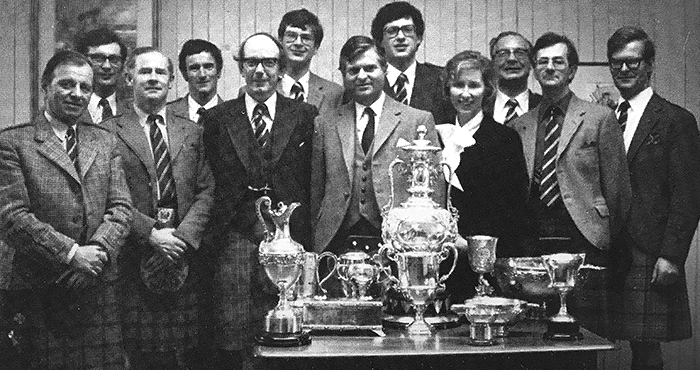
SPBA Notes…‘The contest season is now almost upon us. In a week from now the first one of these, Alloa, will be past and most of the bands will have an idea how their winter’s practice has affected the standard of their play.
‘It is quite one thing to hear one’s band at practice and an altogether different proposition to hear them in competition with their neighbours. And that is just one of the reasons why competitions are so essential to a high standard of play. Without contests the contrast of differences could not be ascertained and progress would be retarded accordingly.’







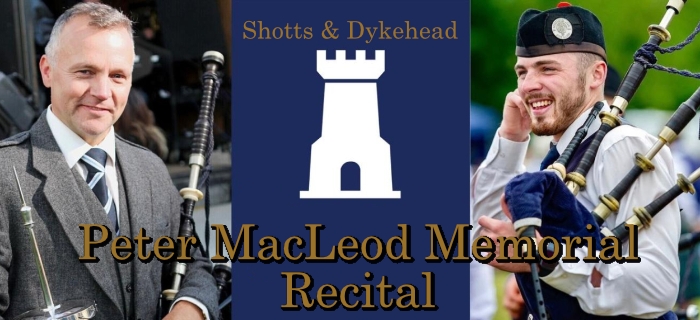
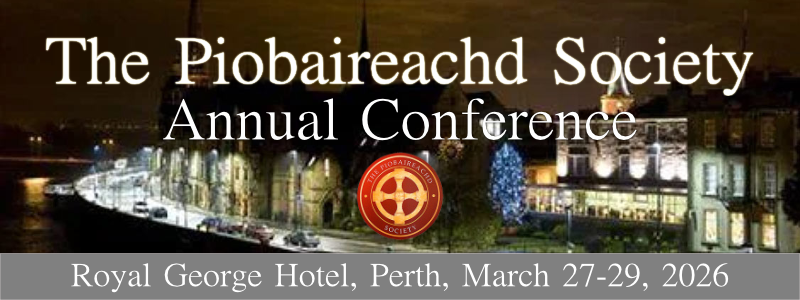
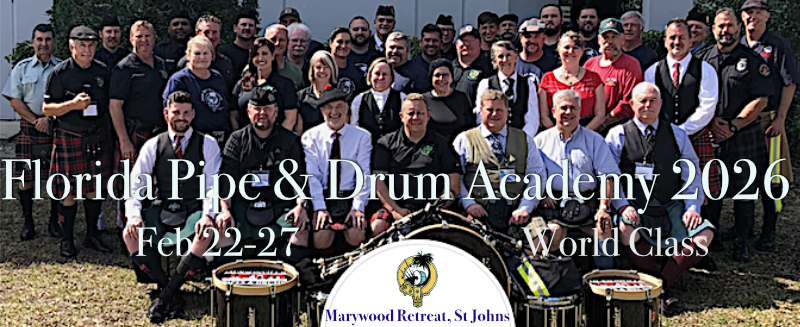

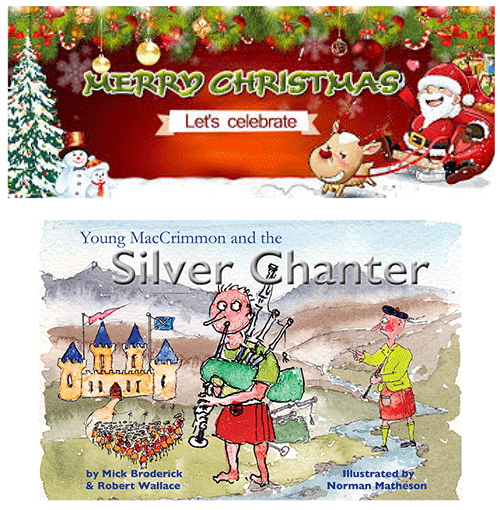





“‘I hear that Willie Gray of Paisley is booked to judge at 34 gatherings this season …” (!)
I remember the day well, Robert. Second from the left is Dr W Fraser, not connected with Dr Bill Fraser of Aberdeen, as far as I am aware, but also at that time resident in the North of Scotland. The result of the Jig Competition the previous evening was a particular highlight for the Fraters – First Dr Robert Frater Snr, Second John Frater, Third Robert Frater, the latter two both medical students at the time.
regards
John
Very interesting clips. Thank you.
One thing though; Seumas never officially changed his name from James to Seumas; Seumas is the Gaelic form of James, and he sometime after 1951 took to calling himself Seumas around this time. I believe his own wife called him James till the end.
Robert Frater, mentioned above, can be seen third from the right in this picture of the prizewinners at the Royal Scottish Pipers’ Society contest in 1978. We would be obliged if someone could forward any other names
Robert Frater is the father of the the two Frater brothers in the photograph.
From the the left the individuals are: Dr Leslie Craig, unknown to me, Lt Col G B Murray, Dr Nigel Malcolm Smith, James Burnett, Dr John Frater, The Earl of Mansfield, Dr Robert Frater, The Countess of Mansfield, Dr Robert Frater (the person referred to in your article and father of the the other two Fraters), Ian Murray and Sheriff Sandy MacPherson.
Incidentally all the Fraters were excellent players as was Dr Leslie Craig
Thanks for that Neil. RW